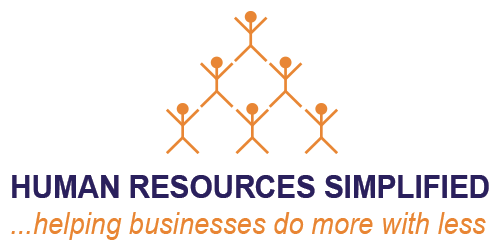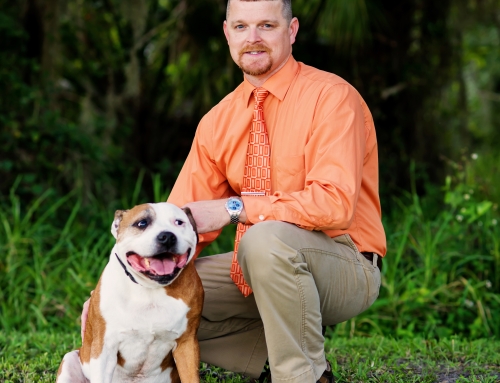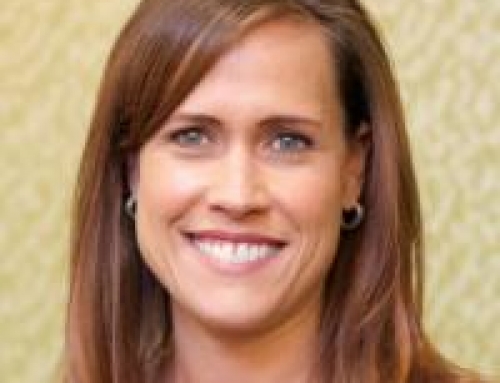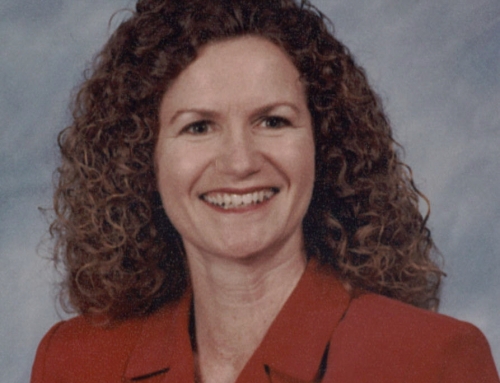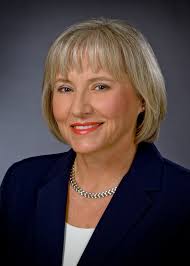 Q. Meeting attendees frequently lament that meetings drag on and fail to accomplish all the agenda’s goals, how can facilitation help?
Q. Meeting attendees frequently lament that meetings drag on and fail to accomplish all the agenda’s goals, how can facilitation help?
A. Effective meetings need to be well structured and then actively managed. There are three things that any meeting manager can implement immediately to remedy the worst issues:
1. Appoint a time keeper who calls out milestones.
2. Periodically stop the action to ask people to check on progress and to adjust the pace
3. Periodically test for closure by asking, “What do we need to close out this discussion?”
These three simple techniques are just a few created by facilitators to bring structure to meetings.
Q. So exactly what is facilitation as used in the workplace?
A. Facilitation is a highly-structured method for managing complex conversations. It is not touchy feely stuff. It has a clear methodology for keeping discussions focused. It is used in running staff meetings mostly. Another large user group is consultants and project managers.
People who do complex process improvement projects find it essential for managing all the complicated meetings that they lead.
Q: Distinguish between the role of the meeting leader and the meeting facilitator.
If you have the luxury of having both a meeting leader and a meeting facilitator, think of the differences like this:
Meeting Leader Meeting Facilitator
Is an insider Is a neutral outsider
Takes part in discussions Helps manage discussions
Takes part in decision-making Offers tools for making decisions
Offers content expertise Provided process expertise
In most cases the meeting leader needs to play both roles. This can be done but the meeting leader has to understand how to do this.
Q: How does the use of an external facilitator provide a neutral process?
A: When the person doing the facilitating is from outside they simply don’t have a stake in the content of the outcome, Neutral facilitators are only concerned that the participants are satisfied with both the outcome of their deliberations and the process used to get there.
Q: What are the stages of facilitation?
A: Facilitators do their work in the following stages:
1) Assessment and design
2) Feedback and refinement
3) Final Preparation
4) Starting a facilitation
5) During a facilitation
6) Ending a facilitation
7) Feedback and follow-up
Q: Participation in meetings can be hit and miss. How do skilled facilitators encourage and gain participation?
A: Ensure the agenda topics are relevant to the people attending, find out what they are hoping to achieve, checking in periodically with people to make sure their goals are being met, keeping the meeting moving in a really organized manner.
Q. What happens is a meeting starts to go off the rails?
A. Meeting facilitators periodically do a process check by stopping the action to ask:
“Are we getting anywhere?”
“Is this approach working?”
“Are we going too fast or too slow?”
“How is everybody doing? Have we lost anybody?”
Whenever topics veer off course, facilitators ask if the group wants to continue with the tangent. If not, then these items are put into the parking lot. These items are reviewed at the end of the meeting to see if they need to be part of a future agenda.
Q. The outcomes needed from most strategic meetings are the making of effective decisions in a collaborative setting so that implementation can be the next step. How does a facilitator lead with being the leader to build consensus and achieve decisions?
A. Facilitation is based totally on the consent of the lead. In other words, facilitators have no actual power. People go along with them because facilitators make sure that they are helping the group pursue their goals in a manner that is working for them. This happens because they build the meeting agenda with member input and constantly check to make the meeting is on track.
Q. How does a facilitator deal with people who do things like monopolize or act dysfunctional?
A. Facilitators have tow tools. First, they help the group set rules about stuff like using technology during important discussions and ensuring that all voices are heard. Then they ask for the group’s consent to intervene. In other words, they get meeting participants to agree that if they break any of the rules, that the facilitator can and should point that out so that members can correct how they are conducting themselves. Here is how that might sound:
“I just need to point out that I see people texting and you said that you weren’t going to do that whenever we were at the point of making an important decision.”
“I need to point out that you said you wanted to be sure to hear all voices at this meeting and, so far we haven’t had a chance to hear from at four group members.”
Q. What tools do facilitators have in their tool box?
A. There are probably too many to mention here but here are some of the most used process tools;
Forcefield Analysis Systematic Problem Solving
Root Cause Analysis Stakeholder Analysis
Pros and Cons Decision Grids
Affinity Diagrams Visioning
SWOT Analysis Gap Analysis
Survey Feedback Multi-voting
Q. What is typically done by way of follow-up after a facilitation?
A. We like to do both surveys and interviews to find out what worked and what didn’t.
Q. Where can leaders go to find qualified facilitators?
A. You can find qualified facilitators at the website of the International Association of Facilitators (www.iafworld.org). These folks have all be certified to be qualified. Look for the designation of CPF which stands for Certified Professional Facilitator. There are details on the site about how to get that certification.
Q: What books or resources can you recommend?

A: Amazon has the top selling books in the field right on their site. You can also look at the books on the site of the IAF website. My handy pocket book entitled Facilitation at Glance! is now in its fourth edition. I am proud to say that this the largest selling title ever in the sixty-year history of the field. It is also on Amazon and is less than $20.00. For those who want something a little more engaging you can check out my online eLearning course. It features 47 videos of both good and bad facilitation practices. It’s currently the only online course on facilitation out there. You can find it by simply googling my name.
Ingrid Bens is a certified facilitator and author. She has a Master’s Degree in Adult Education and more than 20 years’ experience as a workshop leader and Organization Development Consultant. She has also been granted the title of Certified Master Facilitator (CMF), you can contact her and buy her books and online course at www.facilitationtutor.com.

Jean (JJ in HR) is a certified senior-level human resources executive/consultant, adjunct professor, management trainer, professional speaker, resume writer, career coach, LinkedIn profile builder, and published author.

